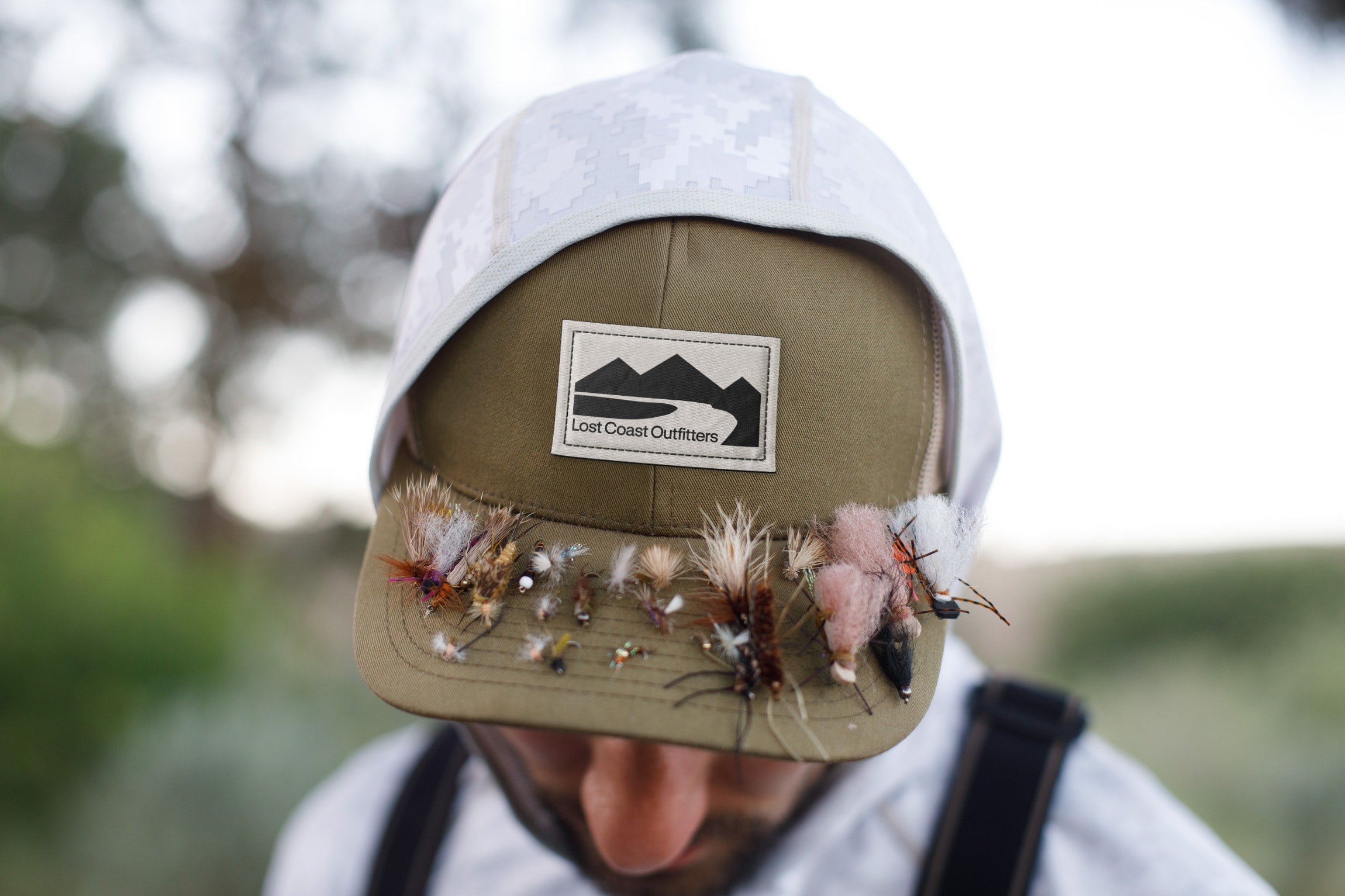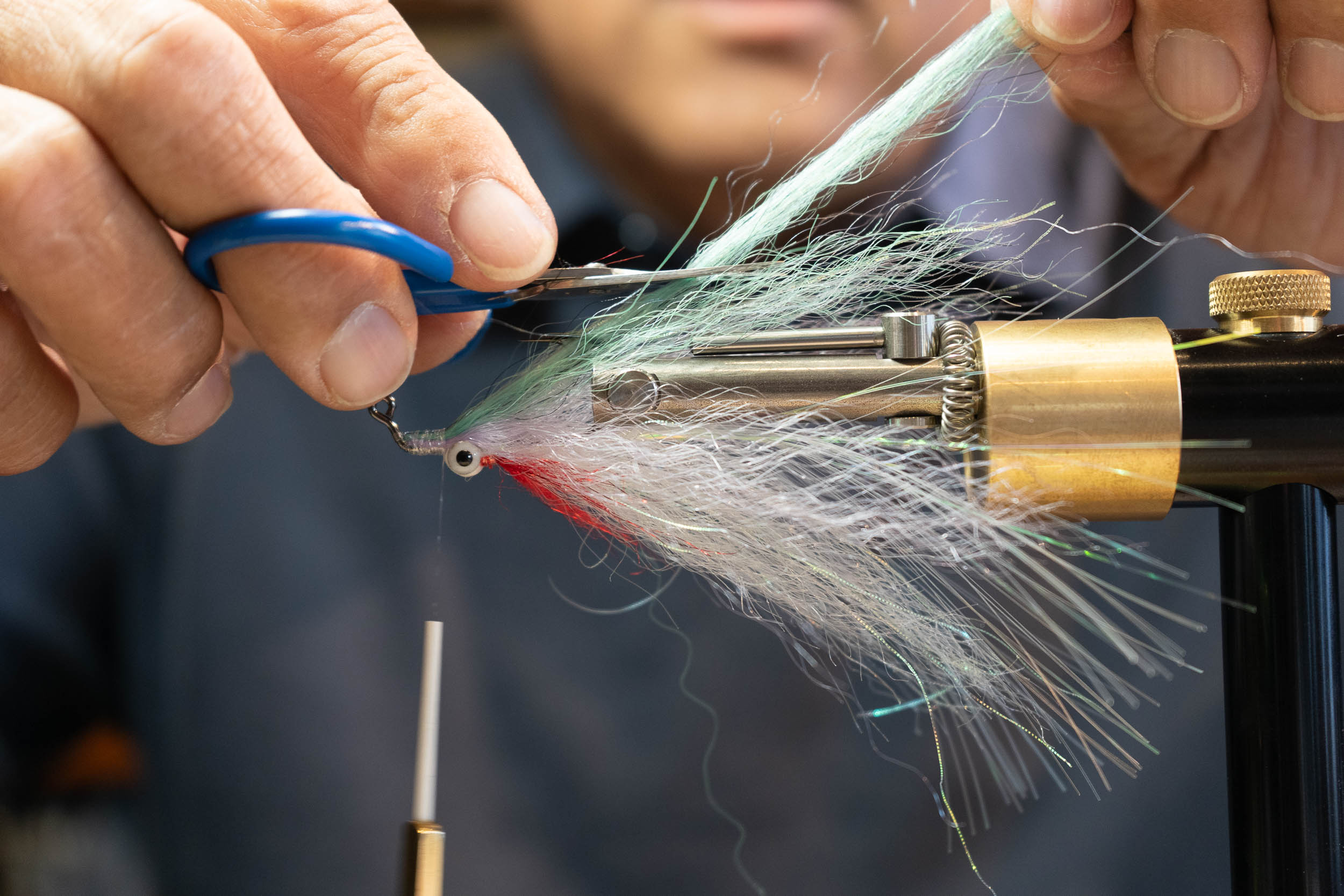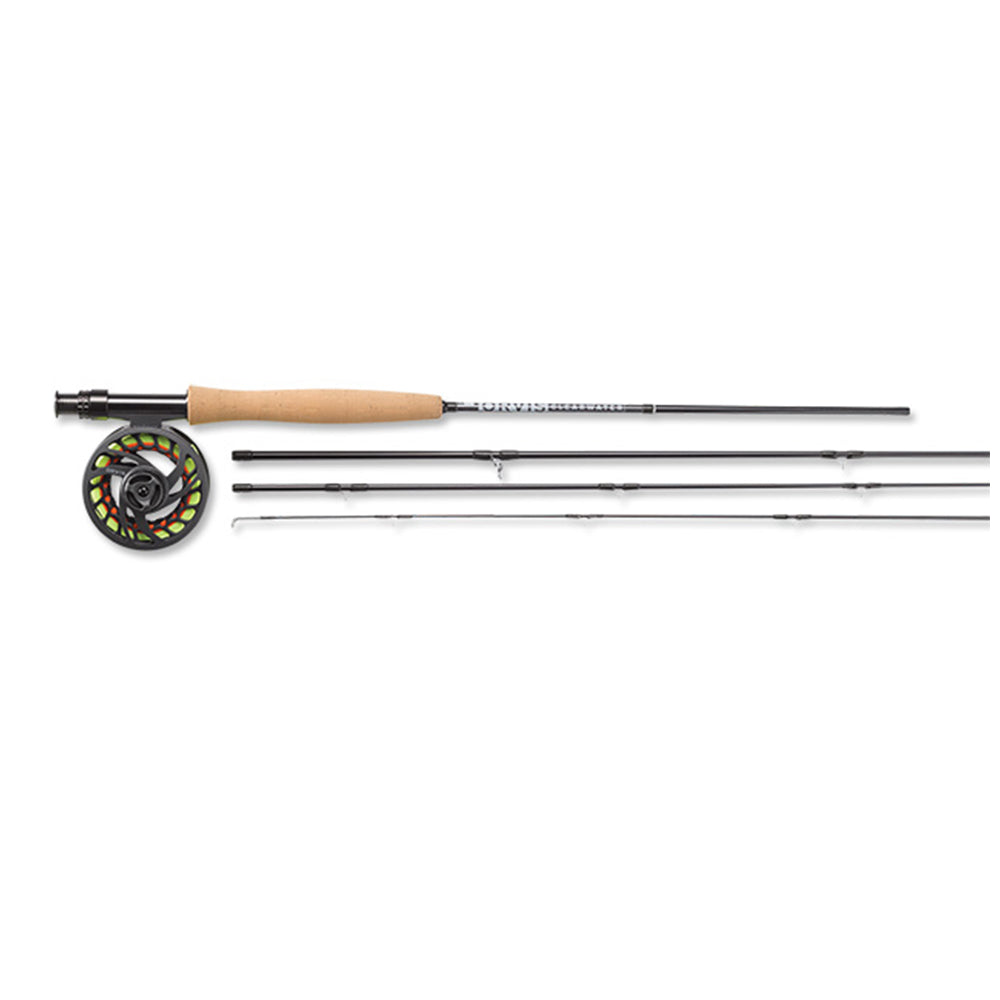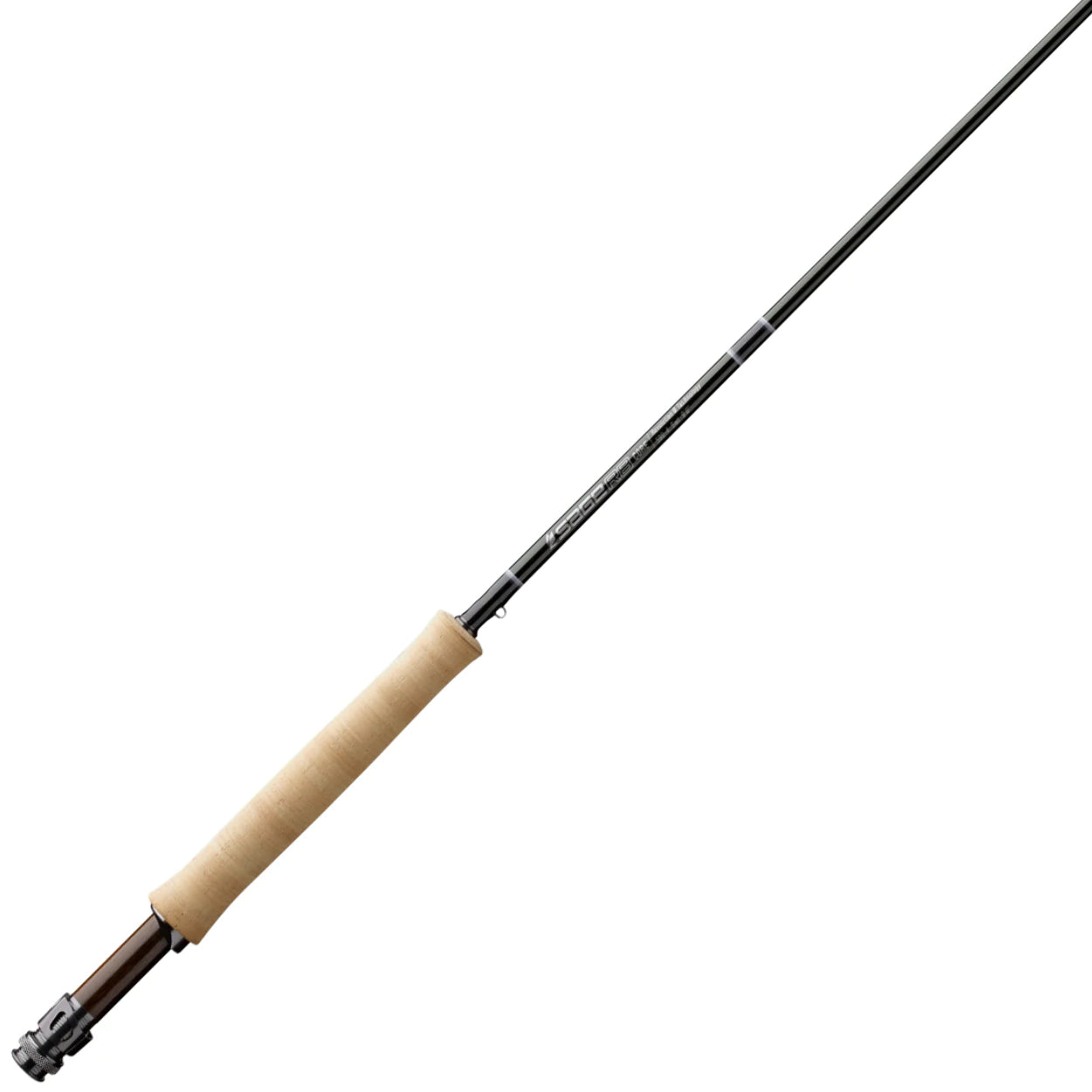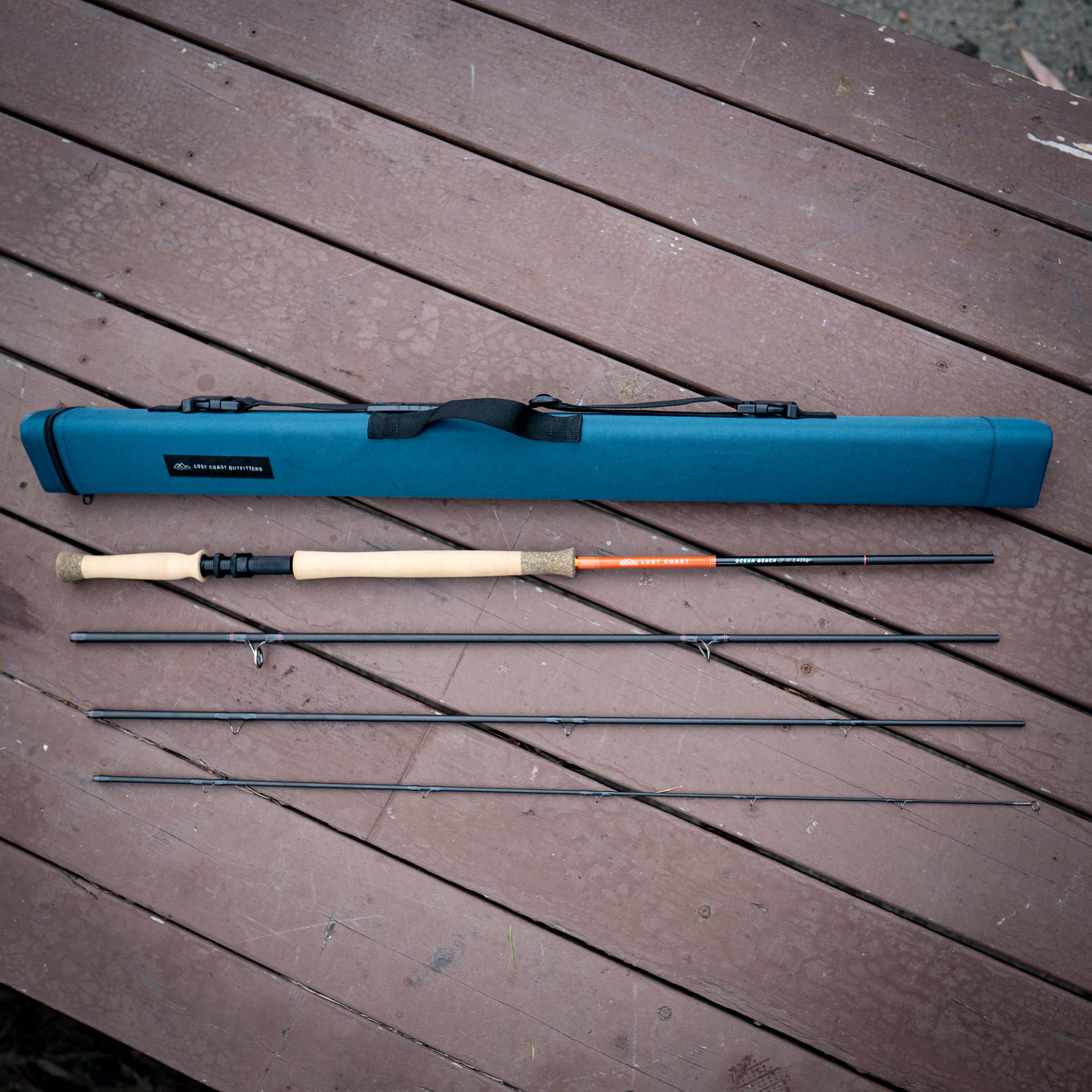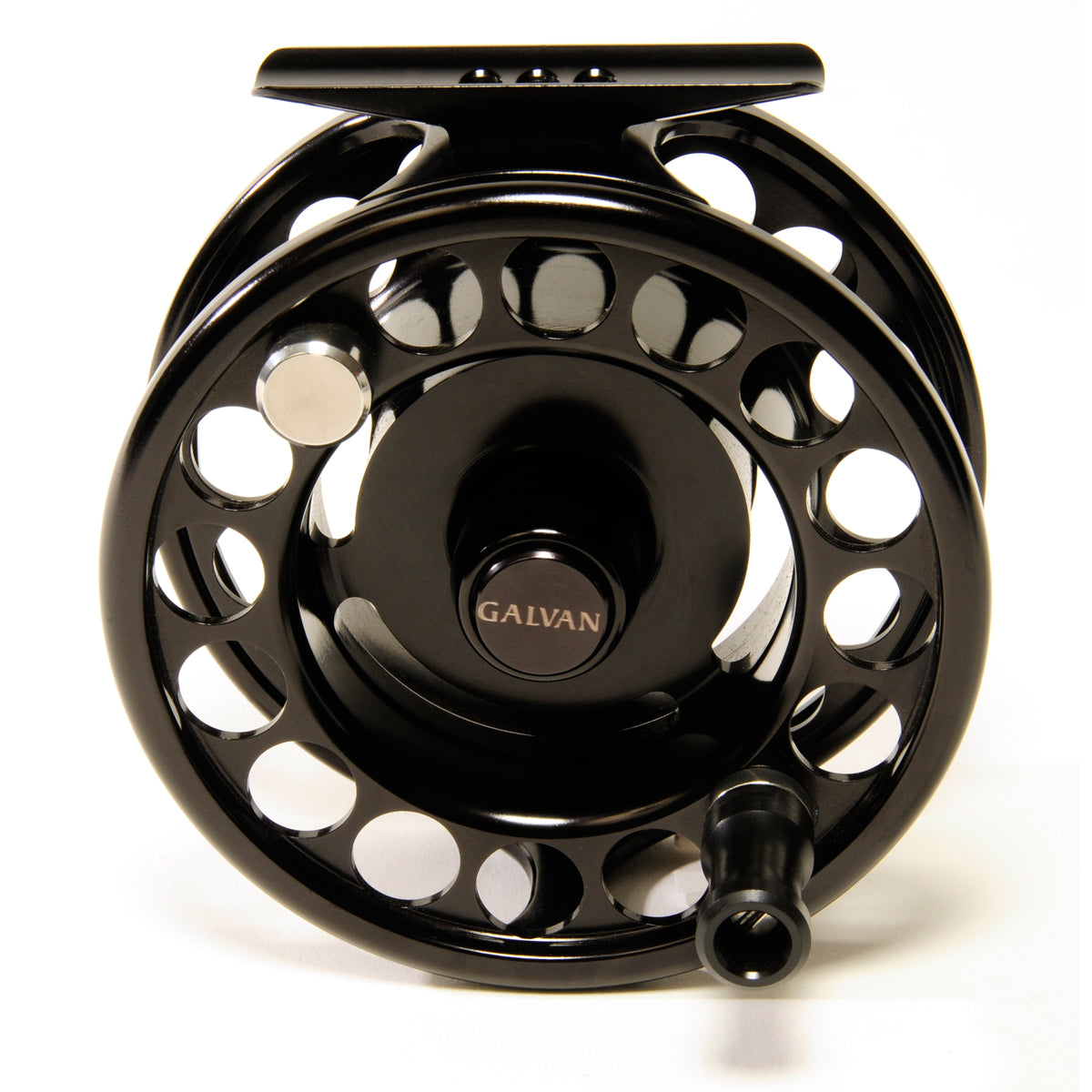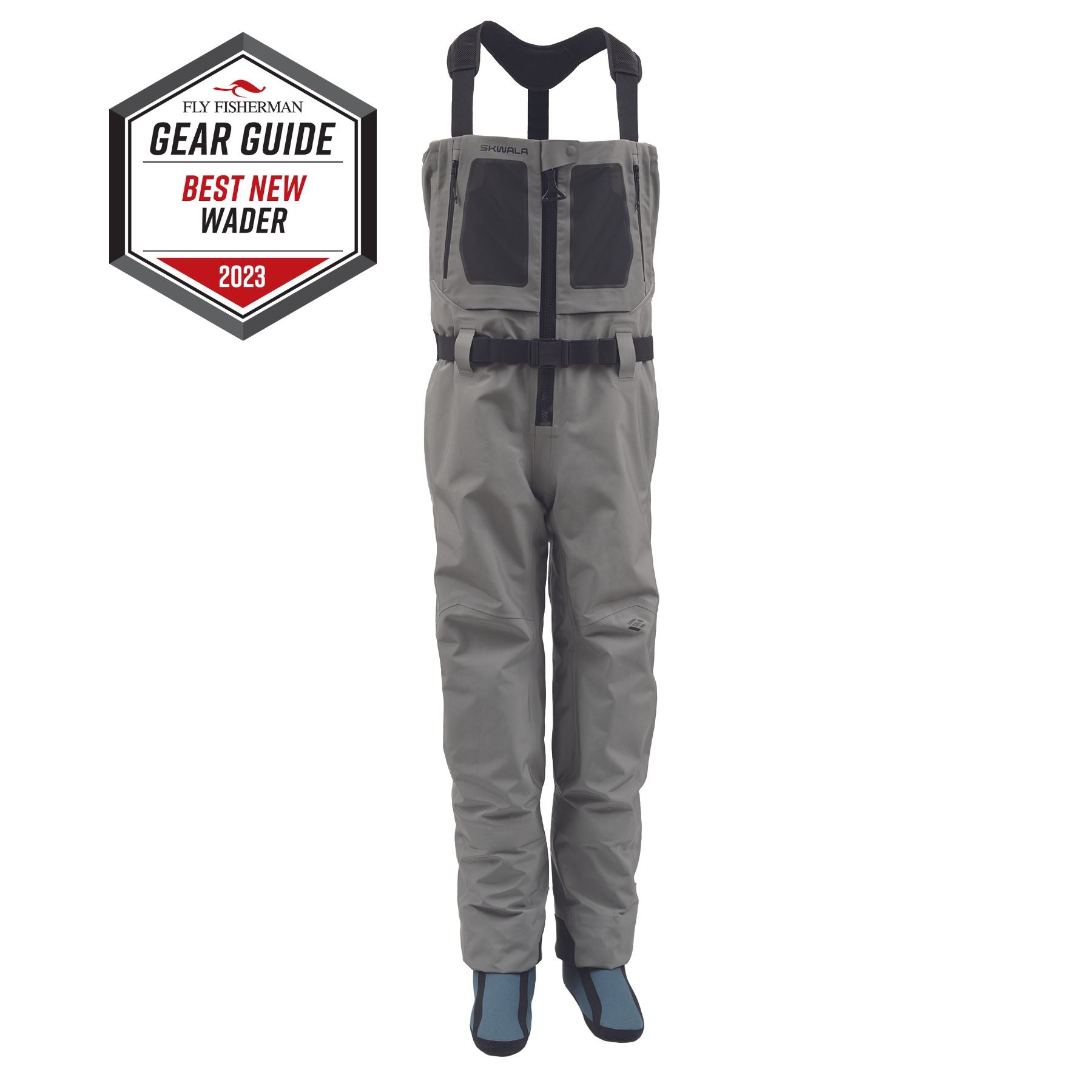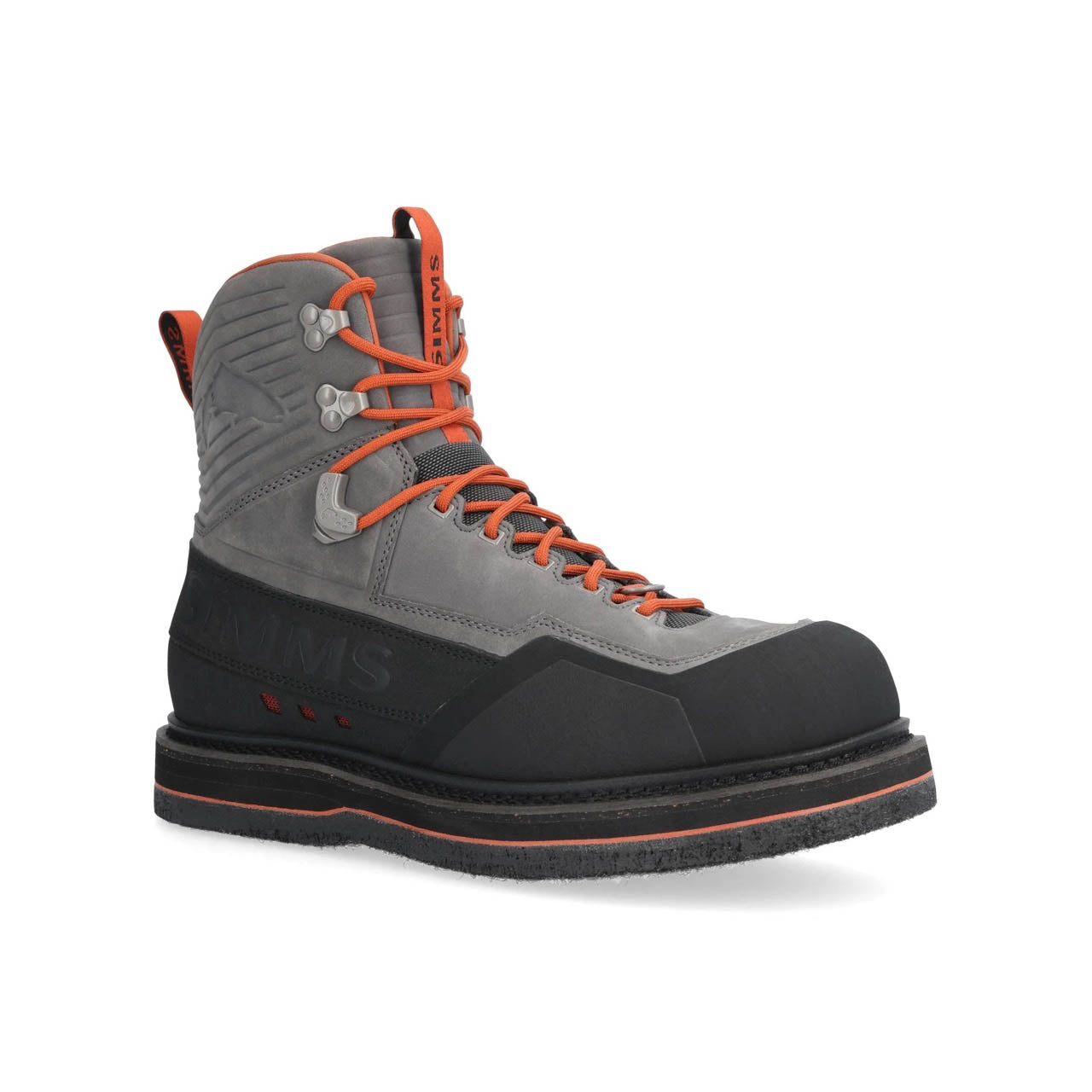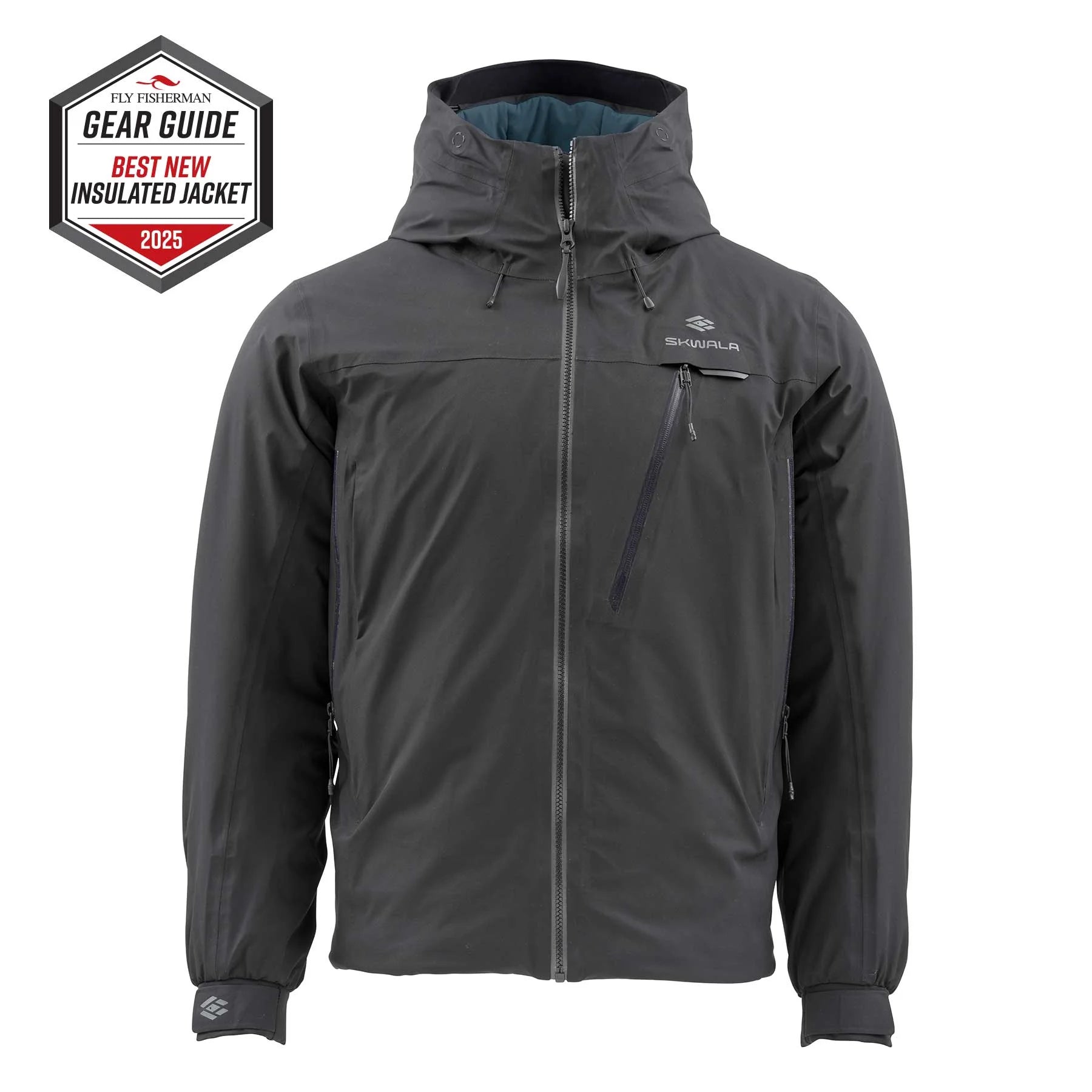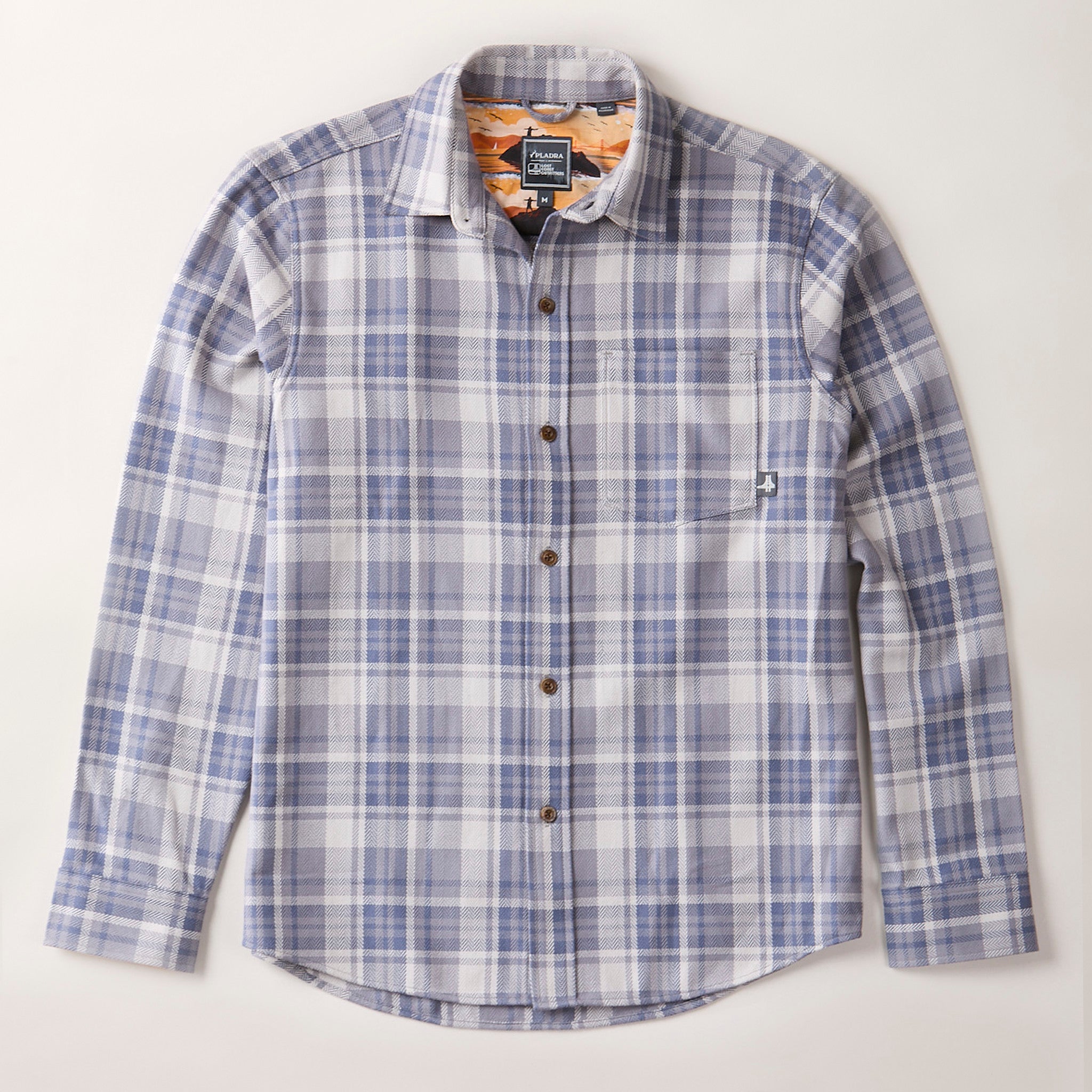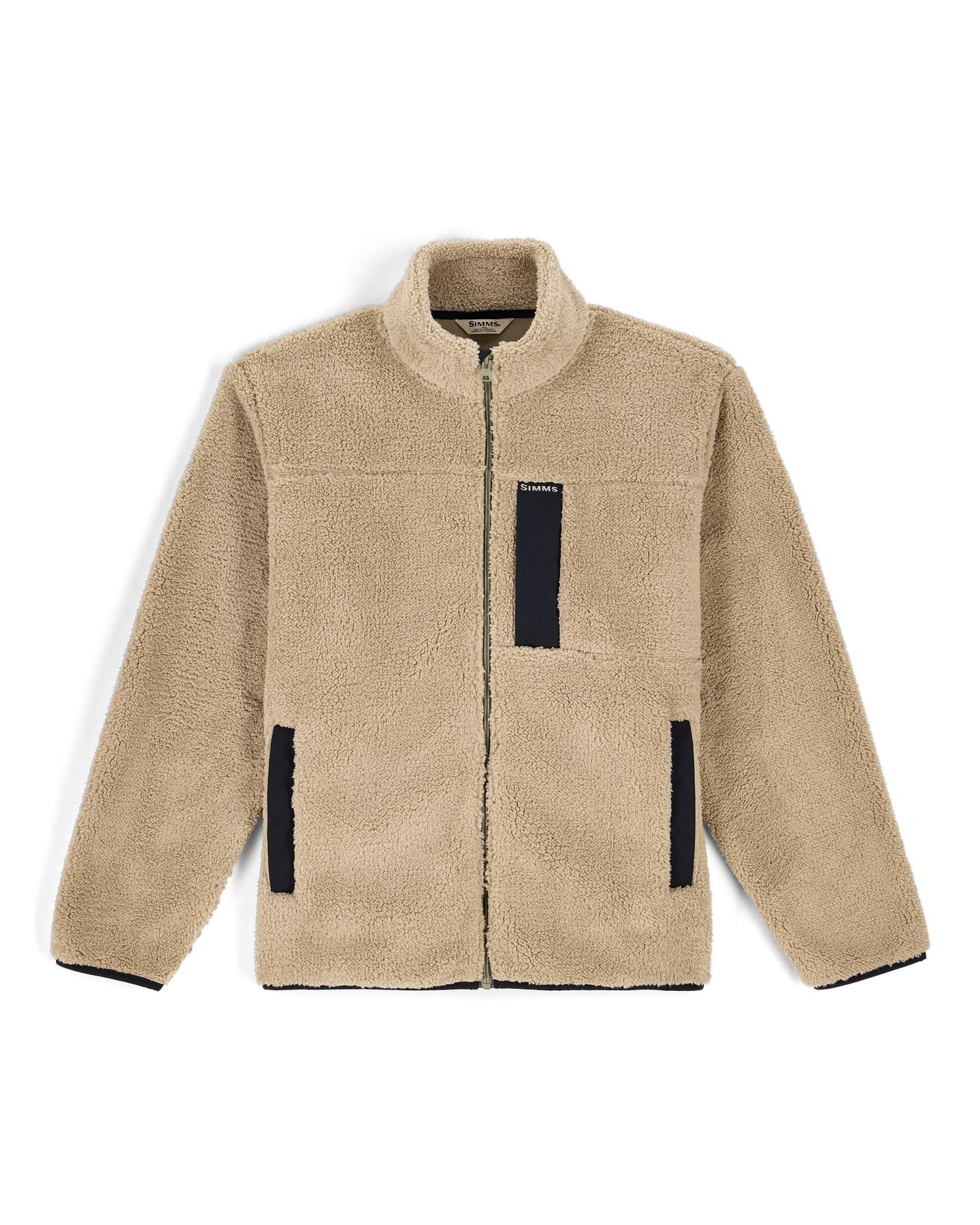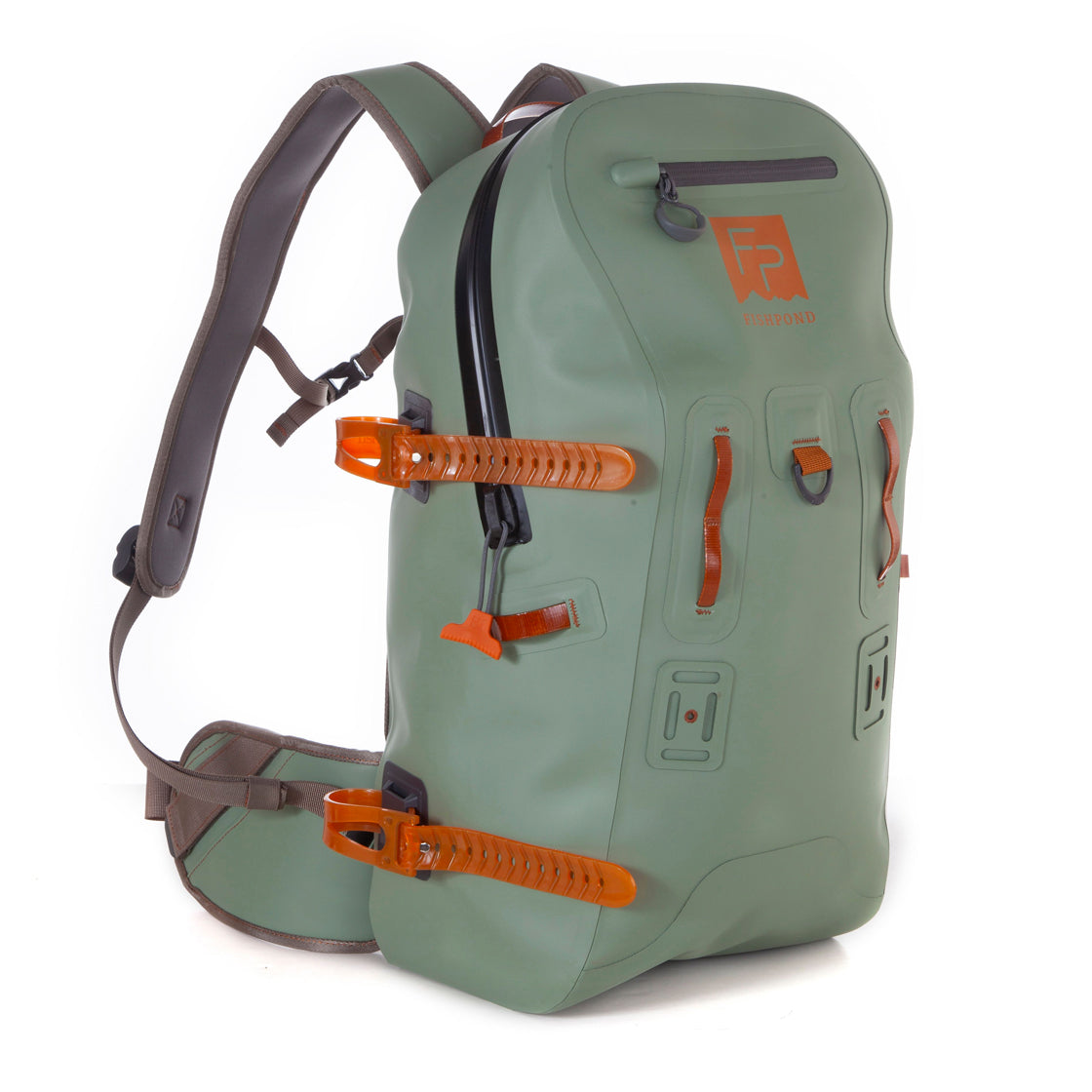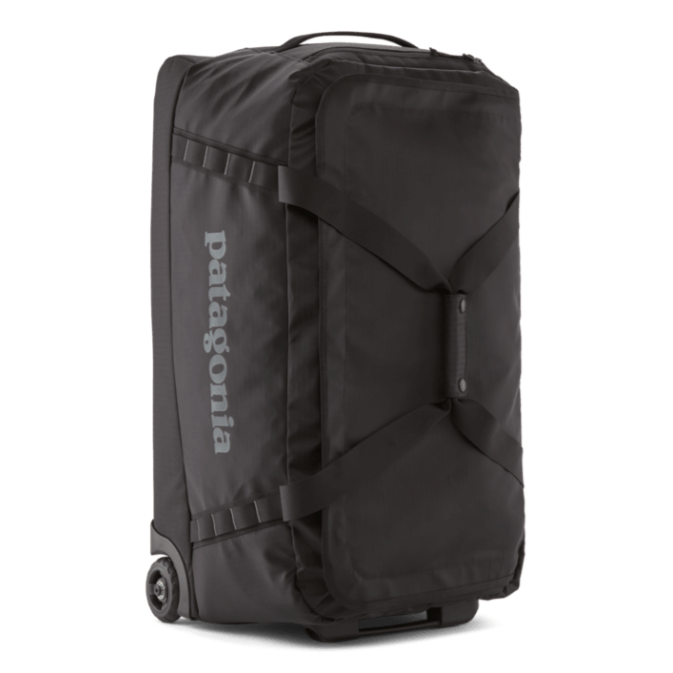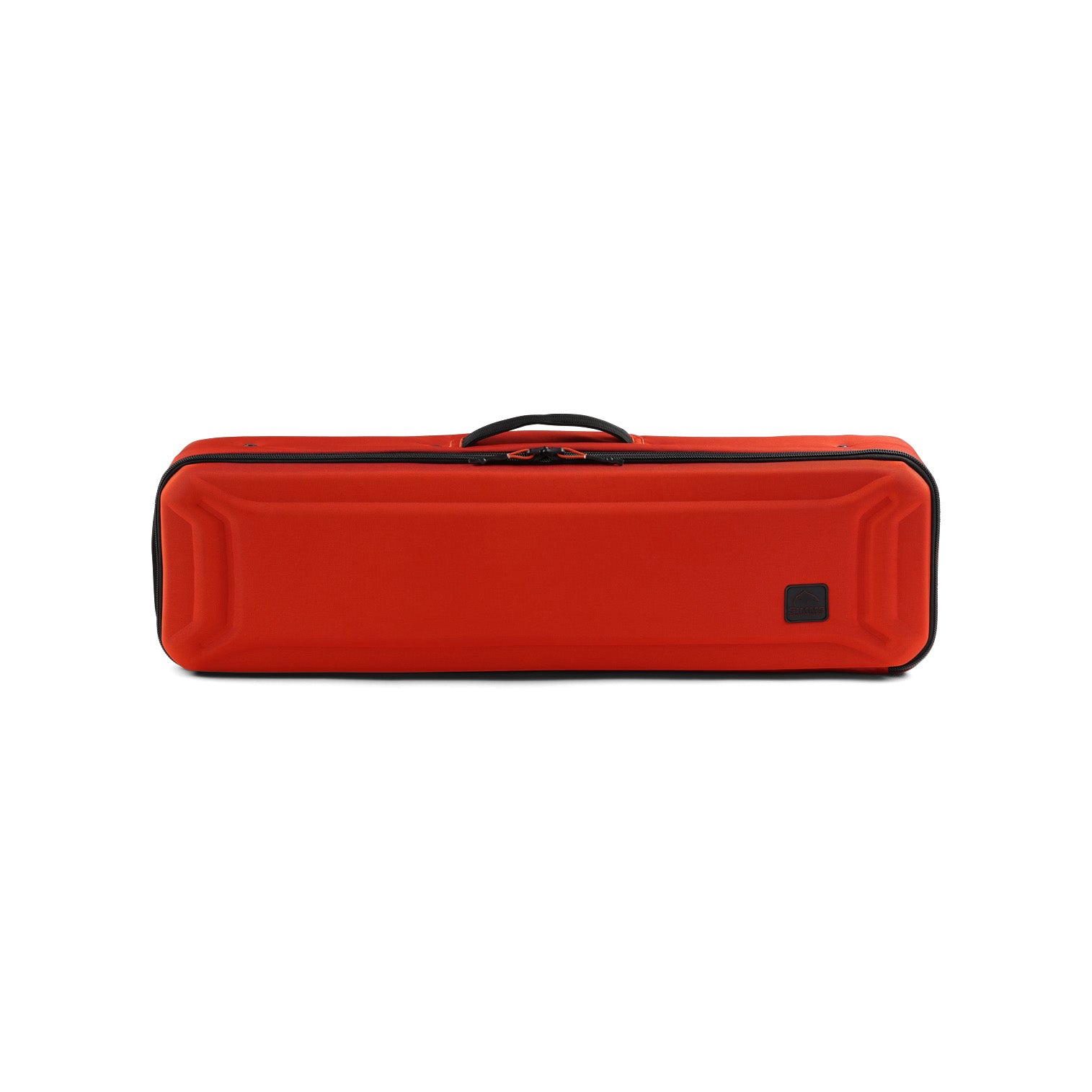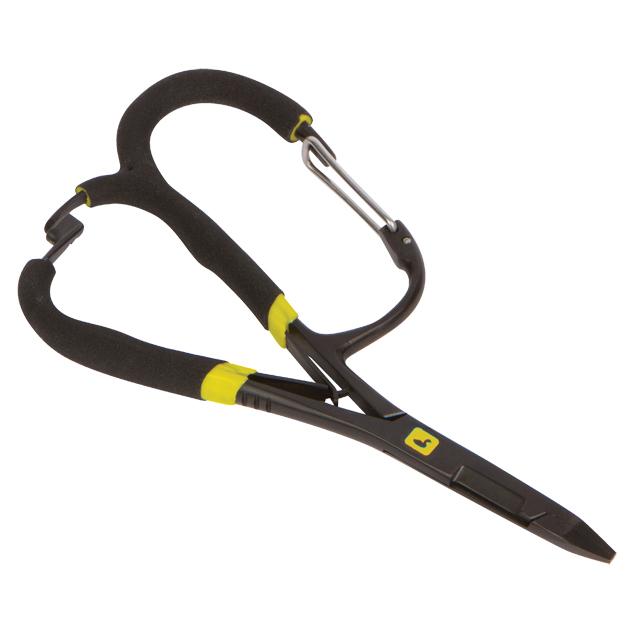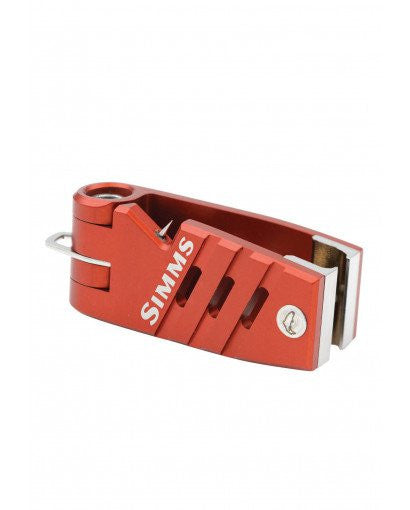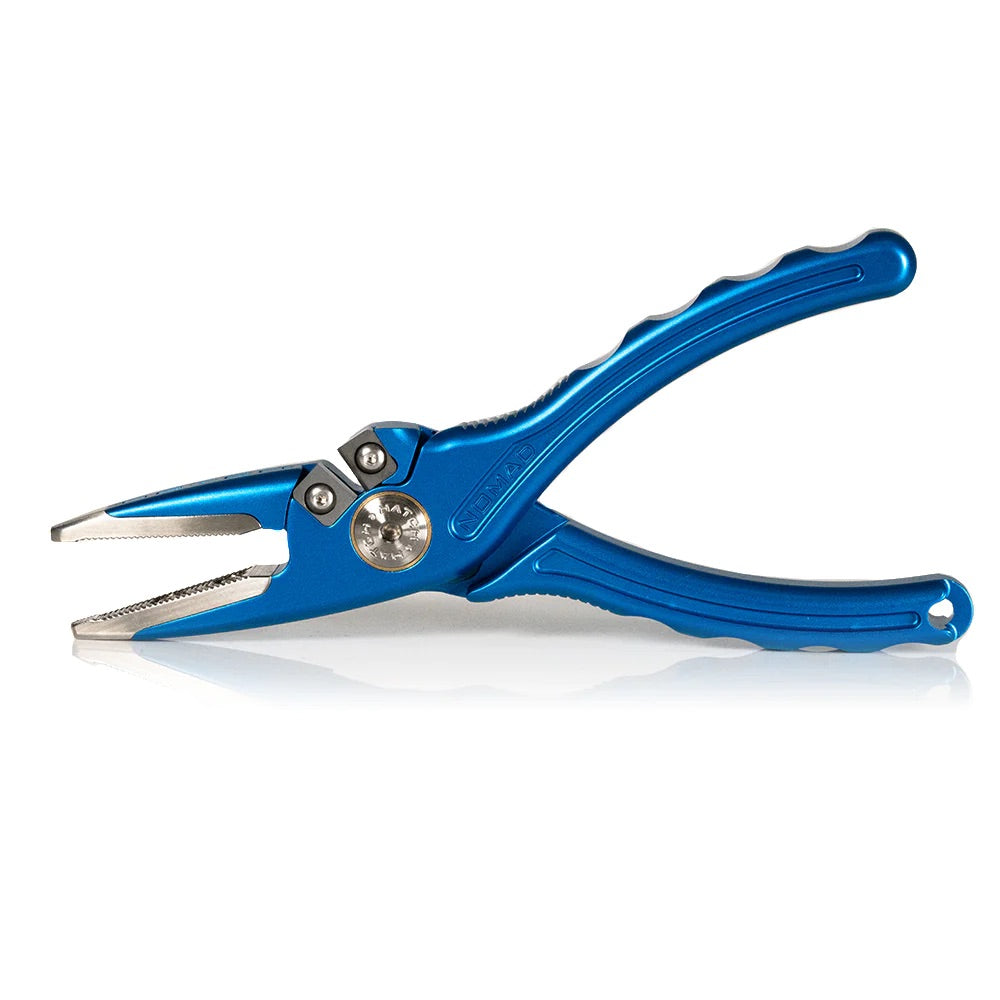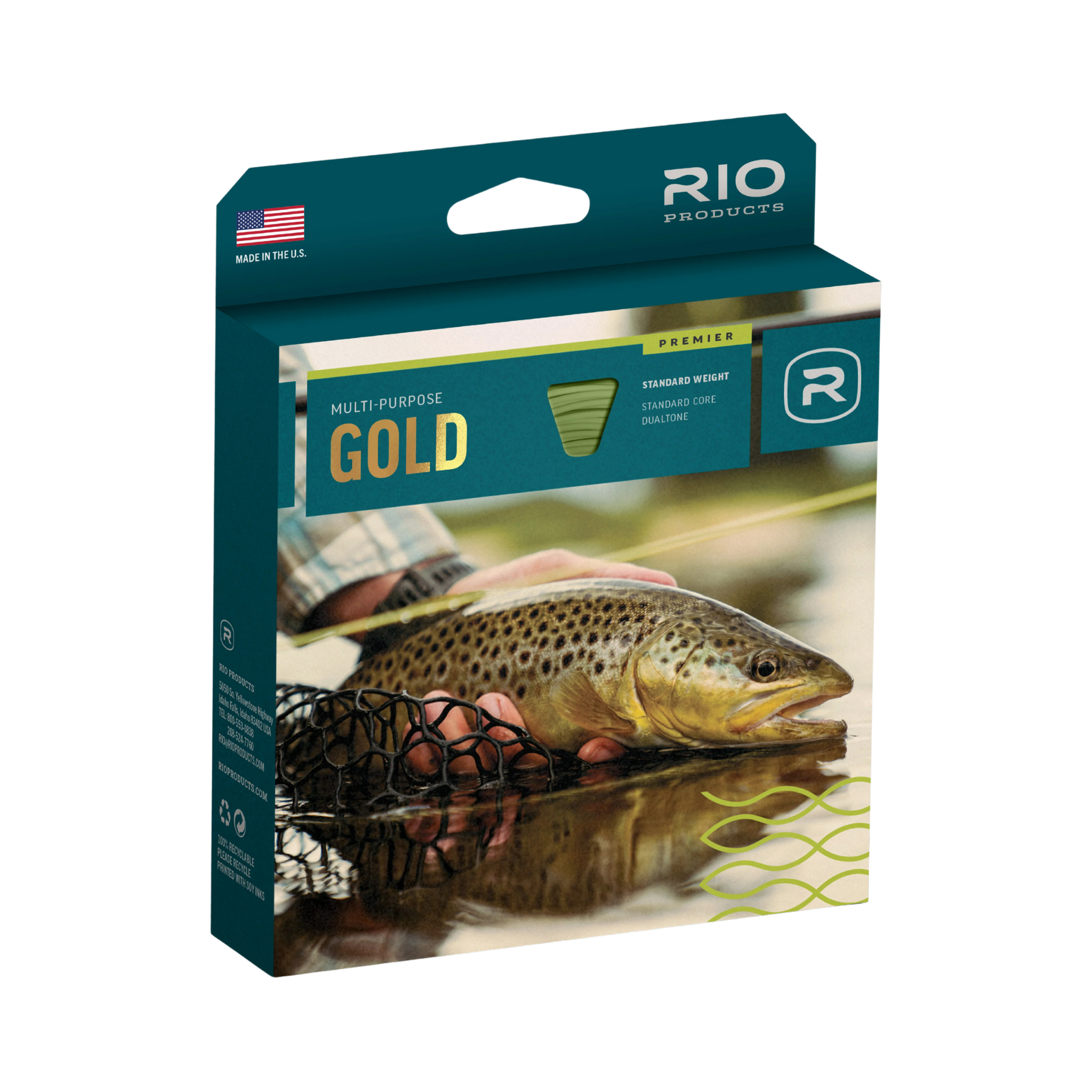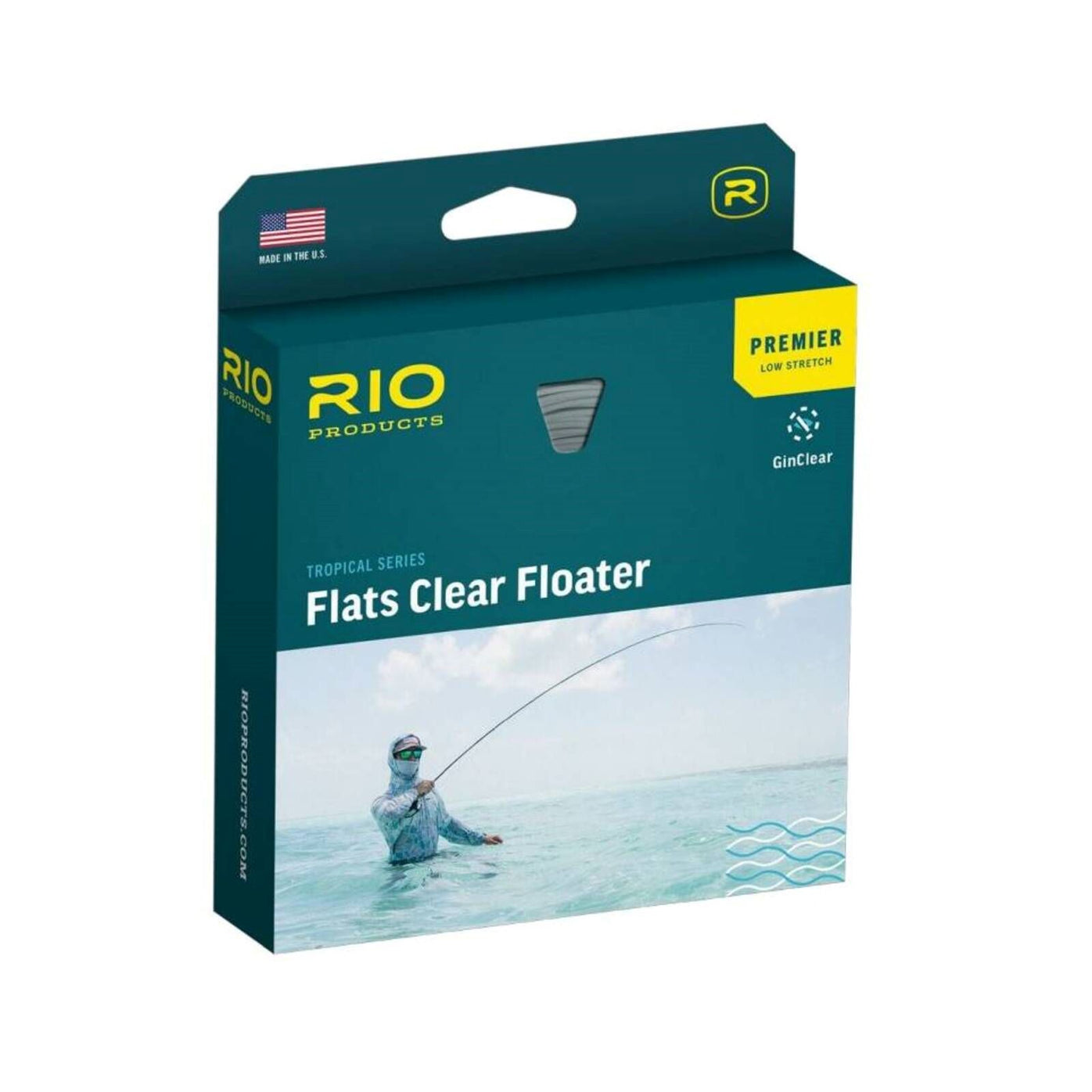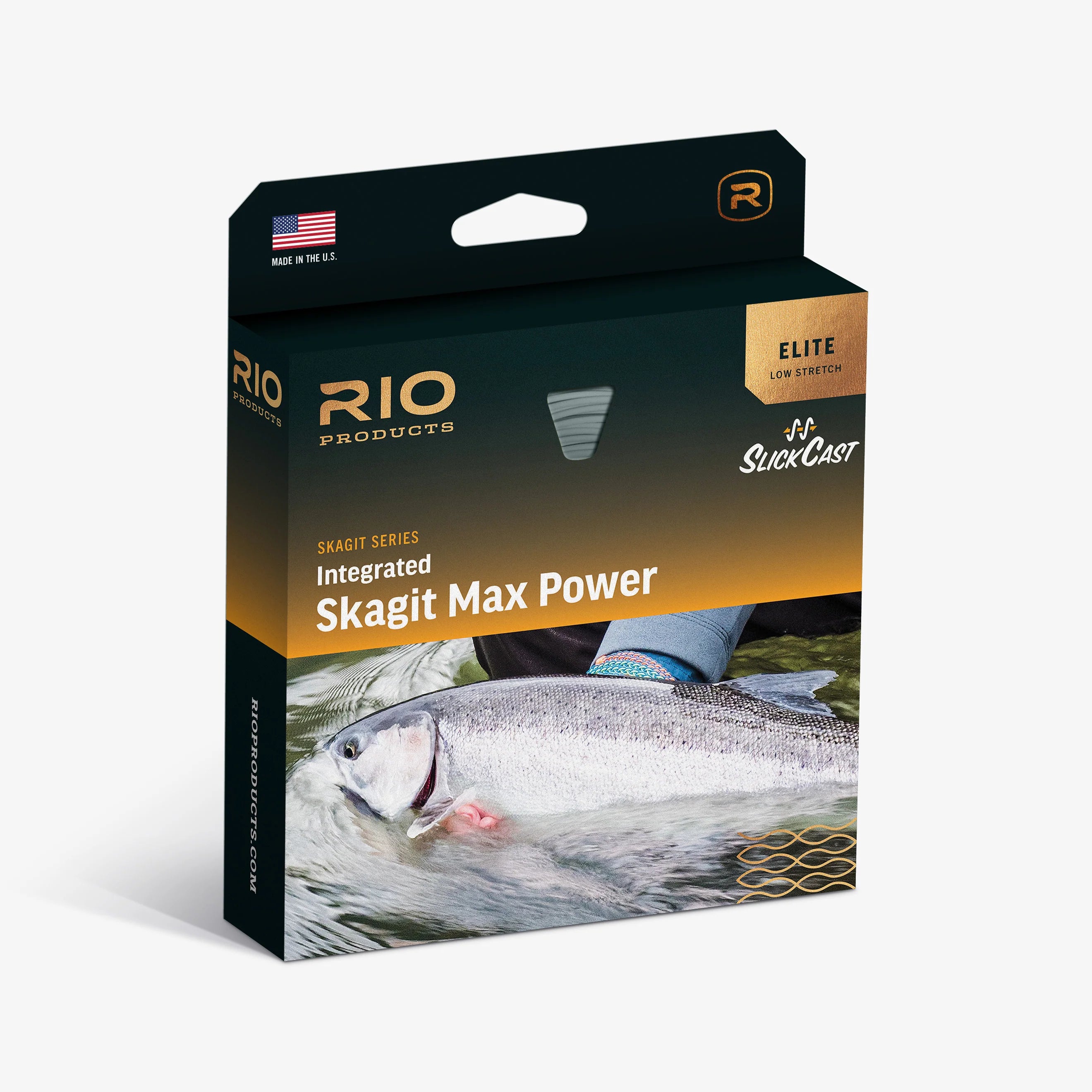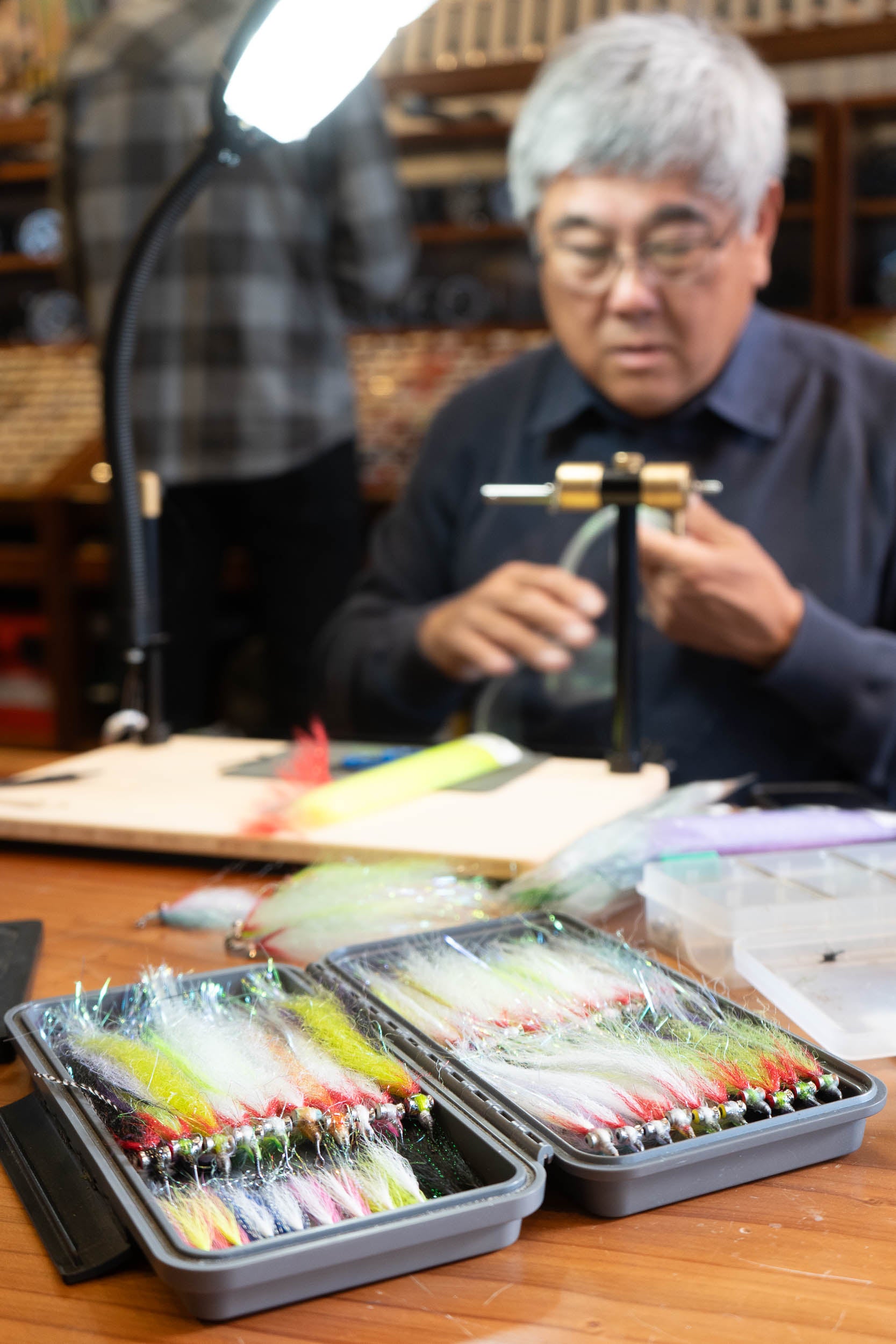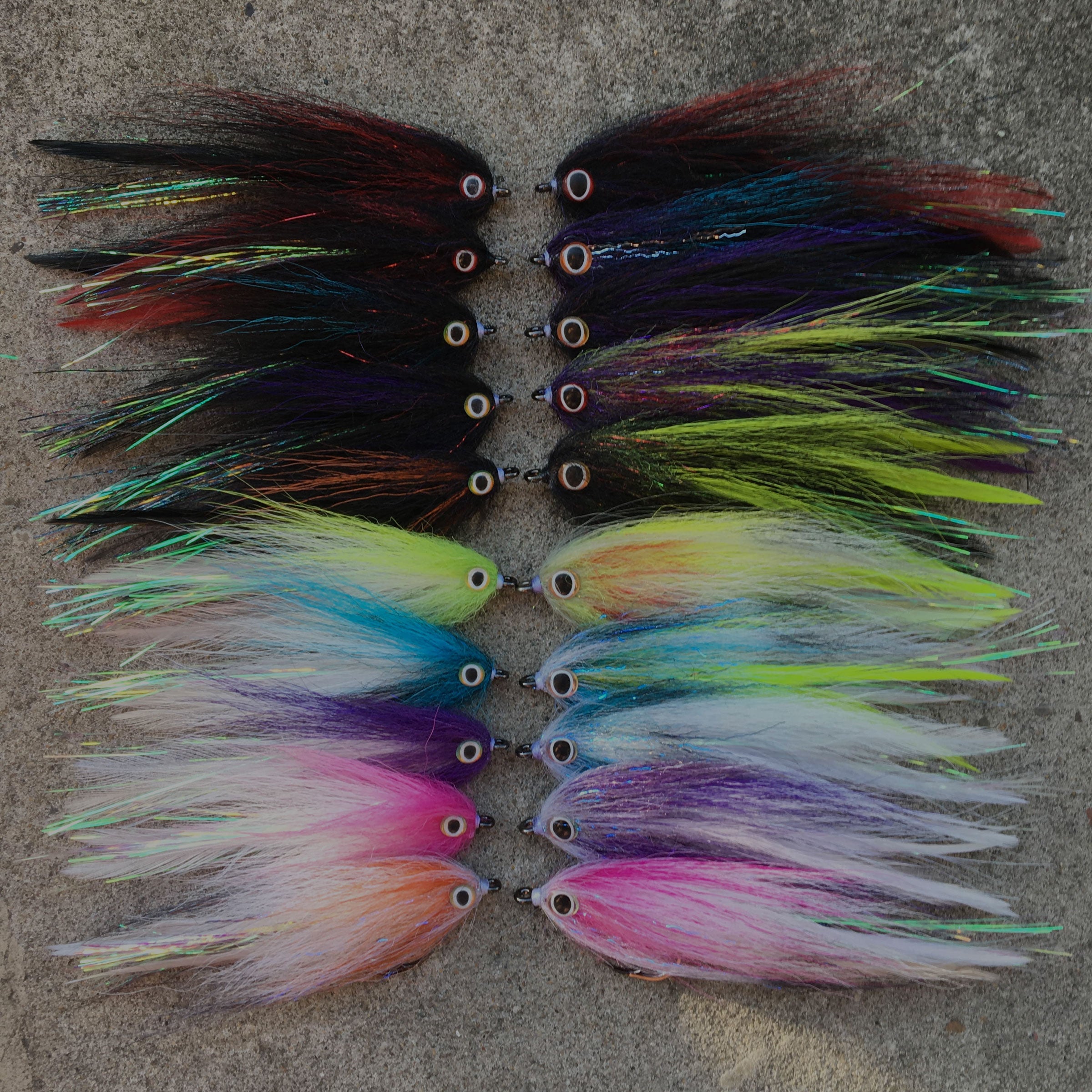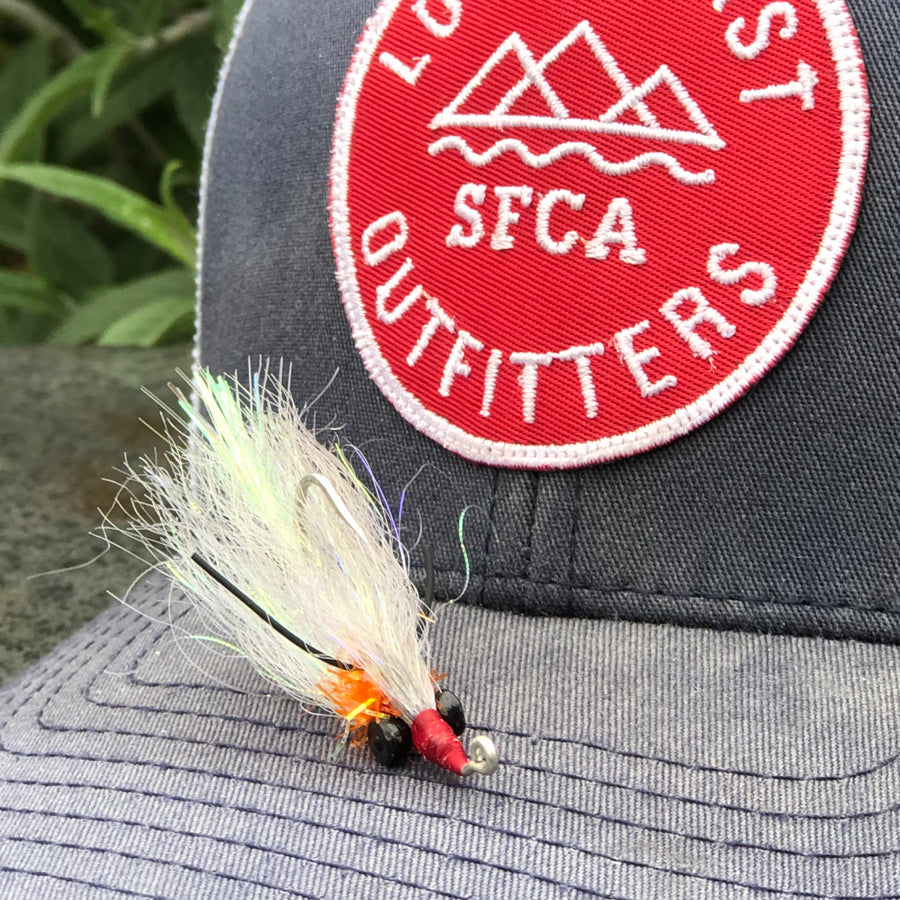Hot, hot and hot! I’ll start with a Truckee fishing report and end with Hoot Owl closure updates. Wow, what a difference a few weeks makes. We thought last week was warm, but were we wrong. It got ...
The Little Truckee With hot temperatures affecting Northern California, most bug activity on the Little Truckee will be in the mornings and evenings. Cash and Owen from LCO fished it mid-mornin...
Middle Fork Feather River Fishing remains very good on the Middle Fork Feather River with all methods still working. Flows are getting low on the upper river with only 45 cfs on the Portola gauge....
Chances are you have already heard, but it’s a great time to be on the McCloud. Lake run brown trout are being encountered on a daily basis. Our guides are mostly finding these fish by nymphing ...
What a difference a few weeks makes! Things are rolling on the Truckee River right now and conditions are almost as good as they can get. Flows are a big higher than usual for the third week of Jun...
Ben Thompson Outdoors River Stripers River striper season is coming into shape for my favorite time of the year to chase linesiders. Some of the resident fish are starting to hang in their regular ...
MacKenzie on the Fly San Francisco Bay & San Pablo San Pablo Bay has been fishing great — when the wind has been down, there have been plenty of stripers to be caught. There are ...
Gilligan's Guide Service Flows are steadily coming down on the Truckee River and the fishing is very good. Bugs of every kind are out. PMDs, stoneflies, green drakes, caddis, and a whole smorgasbo...
Hogan Brown's Guide Service I have been spending most of my time on the Feather and Lower Sac chasing river stripers these last few weeks. We have seen good numbers of stripers to the boat as the...
North Valley Fly Fishing: Clayton Ono Flows have increased to summer levels with the hot weather coming on strong this year, and they are running around 500-600+ cfs. They will stay in that range u...
Bryce Tedford Guide Service The Delta's waters have warmed to 70+ degrees and my focus is on summer fishing for Largemouth & Smallmouth Bass. These 1/2 day trips are the game for the remainder ...
Wild Waters Fly Fishing Reports Shasta Fly Fishing 05/29/24 McCloudThe McCloud has had a strong start to the season. Opening weekend through now has been productive using a variety of methods. T...
Brian Clemens Reports 05/29/24: Northern California Fishing Northern California Fishing: We are finally seeing a huge drop down in flows as well as a flattened curve in flows across the board. T...
Matt "Gilligan" Koles Reports 05/29/24: Truckee Snapshot Truckee Snapshot: Flows are still up on the Truckee River. Not too big, but for a lot of folks, hard to manage. Look for soft water trout...
Jay Clark Reports 05/29/24: Plumas County Plumas County: Fishing remains very good on the Middle Fork Feather River in Plumas County. Flows are starting to get a bit low on the upper reaches wit...
530 Outfitters Reports 05/29/24: Northern California Trout Northern California Trout: McCloud River The McCloud River continues to fish good. Crowds have picked up especially on the weekends. B...
Matt Heron Reports 05/29/24: Truckee River Area Truckee River Area: Again, not a lot to report as far as changes to the river this week. We’re continuing to see a Yo-Yo pattern with snowmelt and...
Evan Praskin Reports 05/29/24: Central California Surf Central California Coast: The surf is HOT! ... I repeat the surf is HOT! Hello all you fellow surf chargers and suds club members. If you ...
Bryce Tedford Reports 05/29/24: California Delta California Delta: Been a great Spring Striper season on CA Delta with mild weather & plenty of solid fish over the last past few months. Some ...
Hogan Brown Reports 05/29/24: Lower Sacramento River Striper Lower Sacramento River Striper Fishing – Fishing has been fair to good. Flows dropped this Sunday with the latest “pulse flow” and th...
Ben Thompson Reports on 5.9.2024 River Stripers- Fish are spread throughout the rivers with the majority around Colusa. It can get crowded until the end of May when most of the conventional boats t...
530 Outfitters Reports on 5.8.2024 McCloud River: The McCloud River has started off with a bang and the color of the river is looking like the normal McCloud we are accustomed to. Late April and ea...
Capt. Bryce Tedford Reports on 5.8.2024 It's been a great Spring Striper season on CA Delta with mild weather & plenty of solid fish in the mix! Some days we have to really work for them &...
Matt Heron Reports on 5.8.2024 Truckee River: After an unusual run of three weeks on the road, it was great to get on the Truckee again, and boy did it deliver. While I was gone, I chatted wit...
Jarrett Coons Reports on 5.08.2024 Eastern Sierra: So, the main season is open and temps are a little cooler than usual. We had a few late storms and still have a good snowpack in the mountains th...
Clayton Ono Reports on 5.8.2024 Putah Creek: Putah is fishing great right now. The fish have fattened back up post spawn, and are in prime fighting shape. The bigger fish will take you for a seri...
Aaron Gabriel Reports on 5.08.2024 Lower Sacramento River: The fishing on the Lower Sacramento River is truly exceptional right now, with the bite heating up significantly over the last week. Angl...
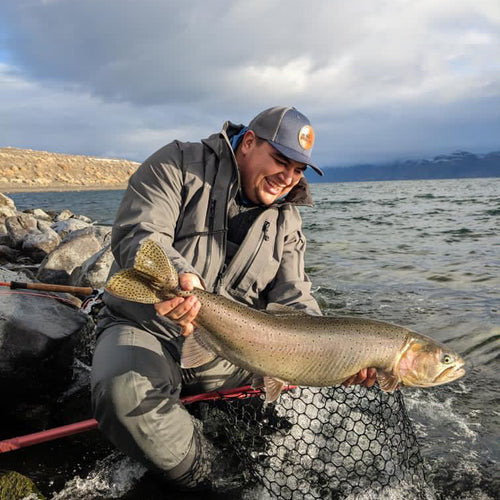
Pyramid Lake-January/February '24 We have experienced a slow start to the action at Pyramid Lake in 2024, but great fish are being caught by those willing to persevere. Lately the most effective...
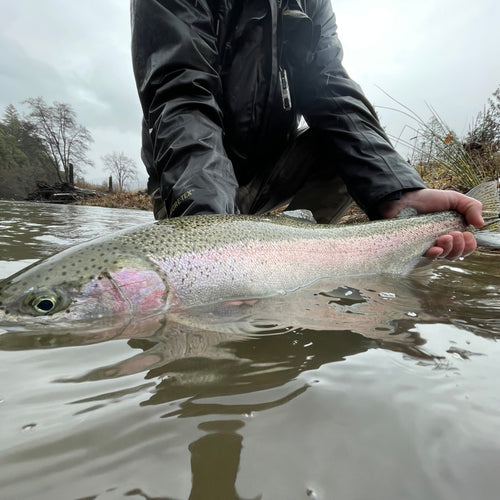
Fishing the Trinity River: Bobber or Spey No matter how you approach it, both fishing techniques offer an angler a multitude of opportunities in wrangling up their own ghost on the coast. Steelhead...
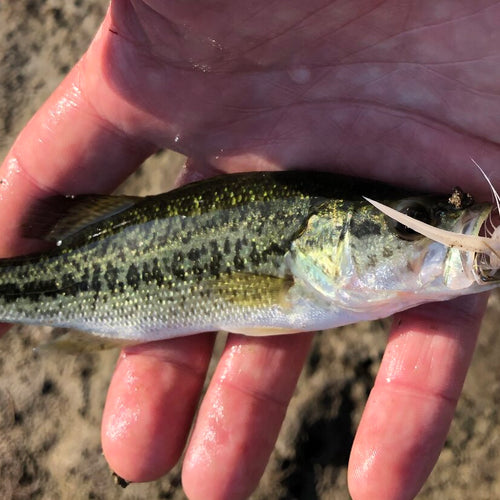
Summer Time Bass Fishing Just like Baseball and Apple Pie bass fishing is as American as it gets. A pastime that offers a simple outlet for beginner and advanced anglers alike. We have lakes avai...
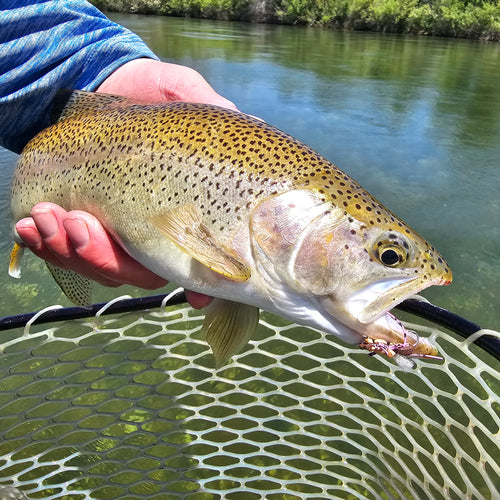
Nor Cal Trout Fishing - July 2023 Truckee River: The Truckee has been fishing consistently throughout the summer! Both water color and temperature have been stellar. Flows were a little high ear...
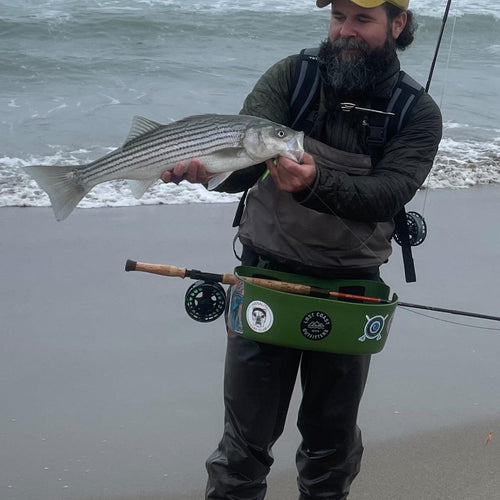
Central Coast Surf Fishing This season has been a record one for the number of fish we have been seeing/ hearing about on the Central California Coast Line. Striper are being caught throughout Sea...
Capt. Bryce Tedford Sacramento/San Joaquin Delta is still challenging to fish, been managing around 5-10 fish each day or over the past few weeks. Finding cleaner water can be difficult as silt is...
Lost Coast Outfitters Fishing Report 4/15/23 Spring Fishing has begun! We are stoked to have the report back up and running. We are now working with additional independent guides throughout Norther...
Lost Coast Outfitters Fishing Report 12/14/22 Upper Sacramento: It’s winter, who knew?! Access is tough on upper river just due to snow. If you’re sniffing around the Upper Sac, stay below Conant ...
Lower Sacramento River Fishing Report Submitted by Captain Hogan Brown To be guided by Captain Brown please call 530-514-2453 Capt. Brown has been guiding the Lower Sacramento between Colusa and...
Lower Yuba Fishing Report Submitted by guide Ben Thompson To be guided by Ben please call 916-743-8290 or bthompson30@gmail.com Ben has mostly been guiding on the Lower Yuba where he reports a f...
Truckee Fishing Report 7/31/2021 Click on any fly described in this report to be directed to purchase them on our website. This report was submitted by Jeremy Wright a Truckee based guide. To be ...
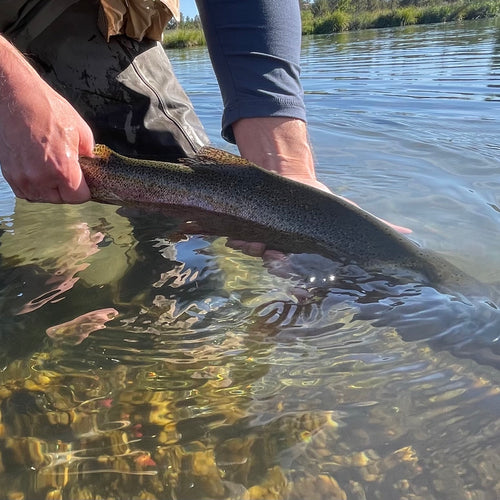
George Revel Report on 6.24.2021 Fishing was excellent mid morning from 8-11am or with some Trico and PMD spinner falls. In the evening the Pmd's and Sallys were coming off with regularity. We pred...
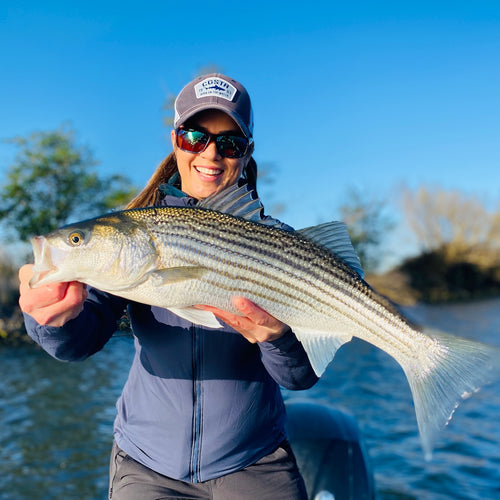
Captain Bryce Tedford Reports on 3.31.20 Spring Striper season is in the air with these warm valley days, water temperature are climbing upwards towards 55 degrees. I have been finding a fair amoun...

Richard Loft Reports on 3.5.21 Hey Everyone I just wanted to check in and report whats happening on Putah Creek flows are holding right around 105 cfs as of 2/03/2021 and not seeing fish many fish...
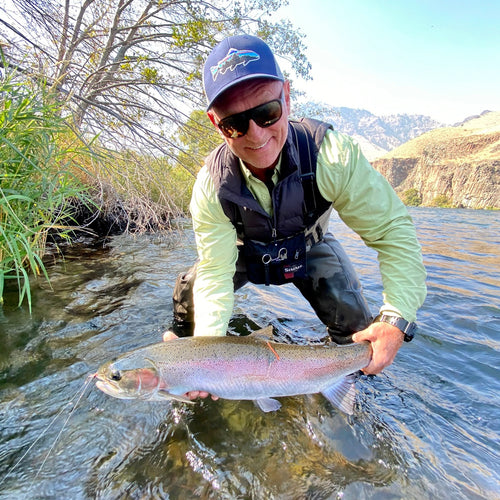
Cory Godell Reports on 10.23.20 This has by know means a record setting year in terms of steelhead numbers. But the numbers are better than last season and a good chunk of the steelhead are two sa...

AC Flyfishing Reports on 10.22.20 We're entering the heart of our Fall fishing season here in Northern California. We've had some exceptionally good fishing taking place on our local rivers and th...
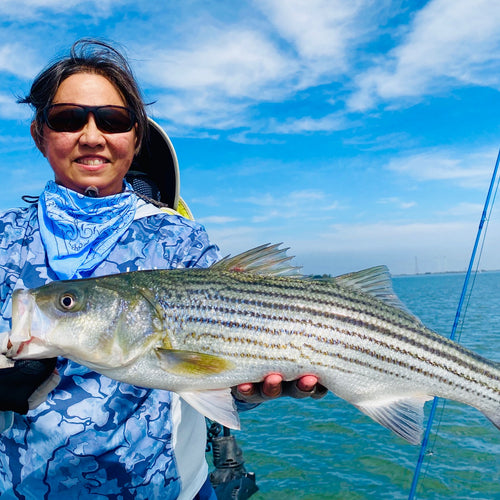
Capt. Bryce Tedford Reports on 10.22.2020 Well, Fall was in the air but has been put on a bit of standby with 90 degree late Summer weather. Amazing weather but Striper fishing has been on hold a...
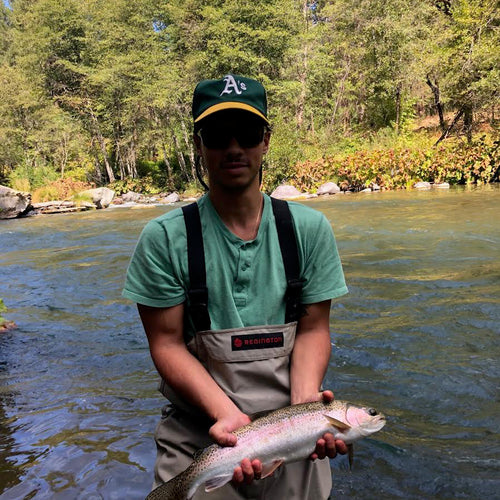
Chuck Volckhausen Reports on 10.15.2020 Fish are spread throughout the river. Salmon are moving through and a few of them have started dropping some eggs. We could use a little more rain. The r...
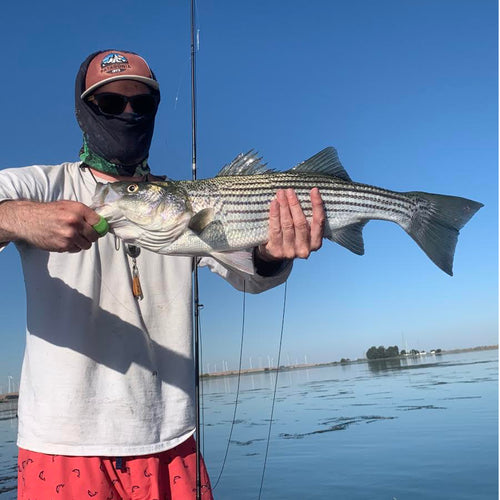
Capt. Steve Santucci Reports on 10.15.2020 We experienced some nice fishing on the Delta this week. We caught good numbers of hard fighting schoolie Stirpers. We also experienced some very enjo...
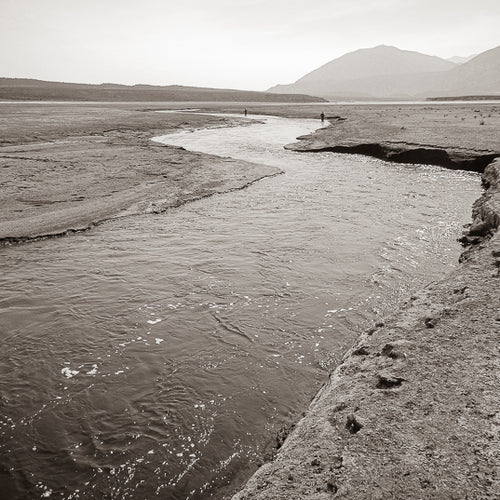
Jim Stimson Reports on 10.7.20 Get it while it lasts, the autumn colors that is. October is a magical time of year in the Eastern Sierra; the shadows are long, the mornings are crisp, and the mount...
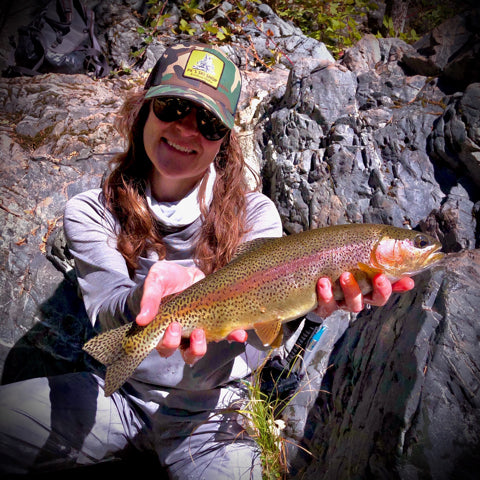
Rick Cox Reports on 10.8.20 McCloud River As of this moment the smoke from all the fires is finally leaving us. The McCloud River has been giving up some beautiful bows and brownies producing bi...

